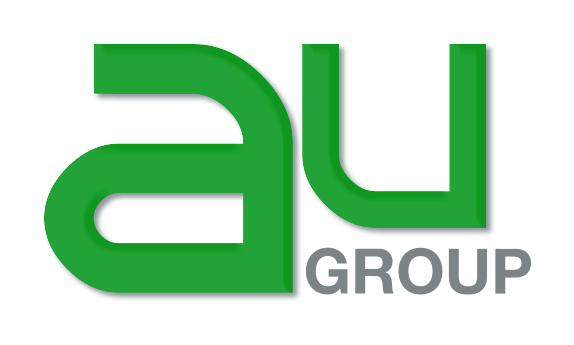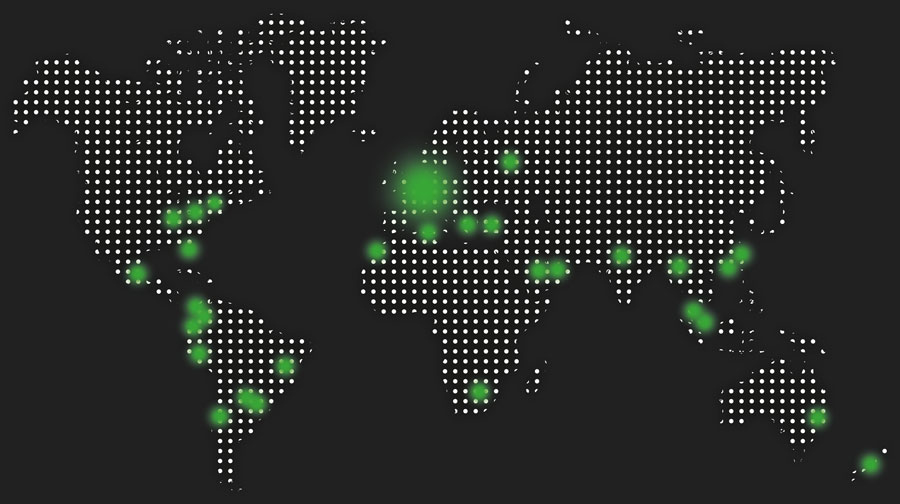
Overview of the credit risk and the credit insurance market in China
1. Hui Wang, Can you give us an overview of the economic situation in China?
The overall Chinese economy is still stable and there is optimism for the future. According to the recent Chinese Premier’s report, last year the growth rate of China GDP was 7.7% and it will keep at around 7.5% for 2014. Other economic index will continue to grow at a moderate rate. Unlike the past government, the new administration would like to seek a balance between economic growth and other social issues such as environmental issues. So the new government chooses voluntarily to reduce the growth rate of the economy and focus more on reforming the structure of the economy. In the past, due to over investment, the economy was left with some fundamental problems such as high local government debts, over production in some industries and financial institutions’ incapability etc.. Solving these problems will make the Chinese economy healthier. Even though in the near term, the Chinese economy may face some difficulties, in the medium and long term it will be stronger and maintain sustainable growth.
2. How China is different from the rest of Asia in terms of risks (especially credit risks)?
From a credit risks point of view, there are some in common elements for most Asian countries including China such as lack of information, information transparency and less mature financial markets. For China, the credit risks faced will be more diversified since China is such a large economy body and the number of enterprises is much larger than any other countries in Asia. Moreover, for companies’ ownership there are so many types of ownership structure such as state-owned companies, state-controlled companies, local government owned companies, public companies with government interests, private companies, various joint ventures, wholly foreign-owned companies etc. So when evaluating the credit risks of different companies you have to think of many different factors that will affect the payment risks.
3. What is the situation of your main customers who are located in China? Which are their main risks on this market and their needs in terms of credit insurance?
The credit insurance market has grown very fast in China from 2008 to early 2012 and the compound annual growth rate is about 30-50%. The growth was mostly driven by financing needs and the bank started to actively use credit insurance as a mitigation tool to transfer credit risks. However from late 2012 the growth of credit insurance market has been slowed down due to bank’s liquidity, China economy slow down, higher payment risk etc. The credit insurers’ loss ratios reflect the changes in the market. From 2008 to 2011, the average loss ratio of the credit insurers in China is about 20-30% but from. 2012 reporting of overdue has dramatically increased and all credit insurers have made large reserves to prepare for the claims. The potential claims are concentrated on a few industries which have over expanded in the past years such as steel and commodities. As the demands shrink and the financial institutions reduce support on those industries the payment risks emerge.
The needs for credit insurance vary for domestic Chinese companies and foreign companies in China. Foreign companies in China buy credit insurance mostly from the risk point of view since they are in a foreign market and would like to share this risk with credit insurers. Most domestic Chinese companies buy credit insurance for the purpose of getting financing from the banks.
4. Which are the different solutions available in China for credit insurance and financing compare to Europe?
In China, credit insurance is still new and has huge potential to grow. In order to make credit insurance widely used, it still needs a lot of education to the companies in China to raise the awareness of the product. In addition, more credit insurance products are needed in this market to meet the requirements of different users such as factoring credit insurance, single buyer credit insurance, structured trade finance product, medium term credit insurance etc. Currently in the China market, only whole turnover credit insurance is known and offered and other type of credit insurances are very rare. So making credit insurance products diversified is also a driver to grow the market. For the financing side, the solutions supported by credit insurance are more basic compared to mature markets like Europe and the product now offered cannot fully meet with the financial institutions’ needs.
5. What is your advice for a company which wants to locate in China?
- China is such a large country, so first to select the location which is most suitable for your company;
- Fully understand the local procedures and the local culture of doing business ;
- Try to know your business partners; don’t just rely on what you see but investigate more before starting to do business with them ;
- Make efficient use of available solutions to transfer and share the risks such as credit insurance.






